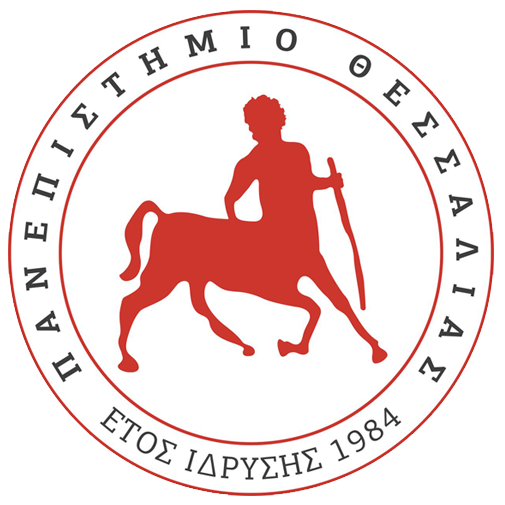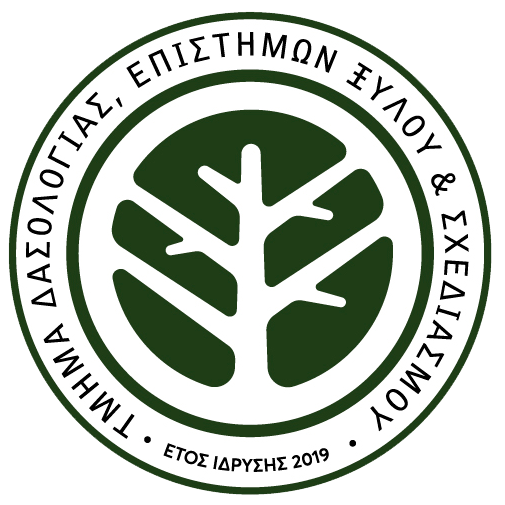Abstract
This research examines the relationship of abiotic factors to the autumn number increase of Eurasian woodcocks in a wintering area. Data on the number of woodcocks spotted per day using dogs for 12 years in an area of Macedonia are presented. From these records, we attempt to correlate the increase in number of woodcocks with moon phase, photoperiod, temperature, precipitation, visibility, wind intensity and barometric pressure. Meteorological data were obtained from five meteorological stations located in the study area, breeding areas and along the migration route. Descriptive and applied statistics [Factor Analysis, analysis of variance (ANOVA) and Binary Logistic Regression] were used for the analysis. Woodcock numbers increase significantly in October and November. Barometric pressure, wind and precipitation, as measured by the nearer climatic stations to the study area, influence the increase in number of woodcocks. The between-years analysis showed that woodcocks’ arrival was delayed in warmer autumns. Correlating the numerical increase of woodcocks with abiotic factors is a complicated phenomenon, but the constructed model provides evidence for some patterns and it facilitates the design of a future study.
Key words: Phenology, weather, population, Factor Analysis



